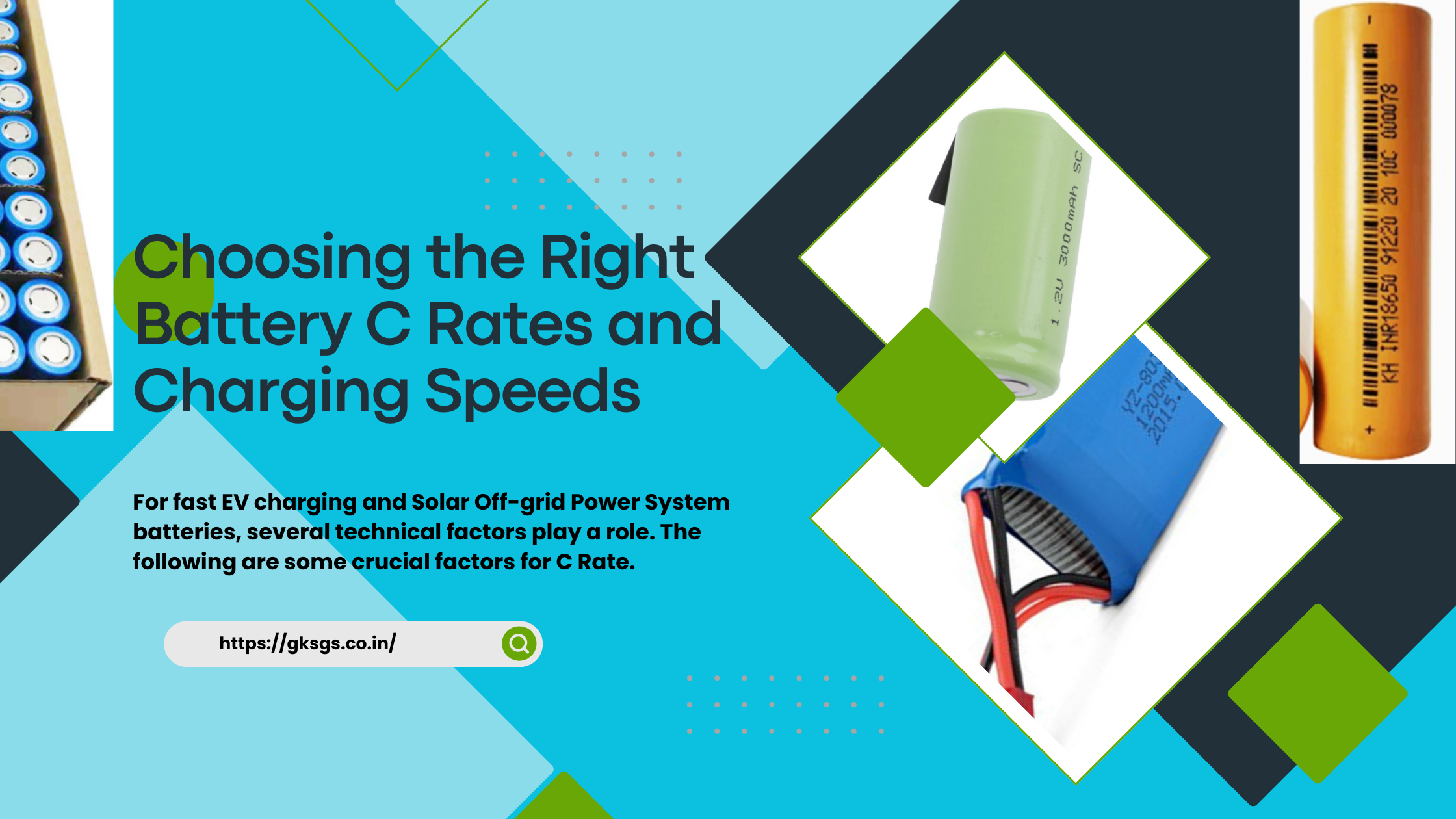Today, I am going to discuss batteries, and it promises to be interesting. Most of us only pay attention to the voltage and amperes, such as 12V 100AH, when looking at batteries. C Rate, on the other hand, is another significant element. The C rate determines the charge or discharge rate of the battery.
For fast EV charging and Solar Off-grid Power System batteries, several technical factors play a role. The following are some crucial factors for C Rate.
Battery chemistry: Lithium-ion batteries are commonly used in electric vehicles (EVs) due to their high energy density and long cycle life.

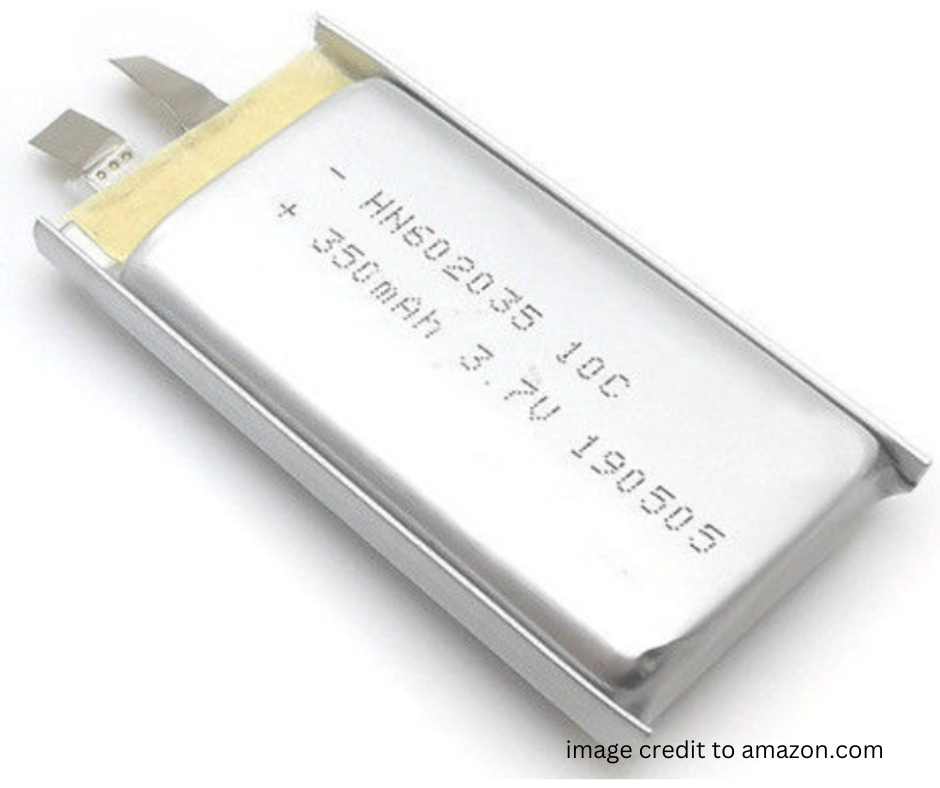
Battery capacity: The battery capacity determines the EV’s range and how far it can travel on a single charge. A longer range is achieved with a higher battery capacity.
Charging speed: The rate at which a battery may be charged is measured in kilowatts (kW). A higher charging speed allows for faster charging.
Charging infrastructure: This includes the charging station and power supply. The charging station must be compatible with the EV and provide the required power output.
Battery temperature & C Rate:
Battery temperature affects charging speed and battery life. Fast charging generates heat, which can damage the battery if it becomes too hot.
The charge or discharge time for a C Rating varies in direct proportion to the rating. For instance, 1C is equal to 60 minutes, 2C is equivalent to 30 minutes, and a 0.5C rating is equivalent to 120 minutes.
The equation is simple: t = 1/Cr
t=Cr1. Viewing time in hours or minutes is equal to 60/Cr (Cr- rating).
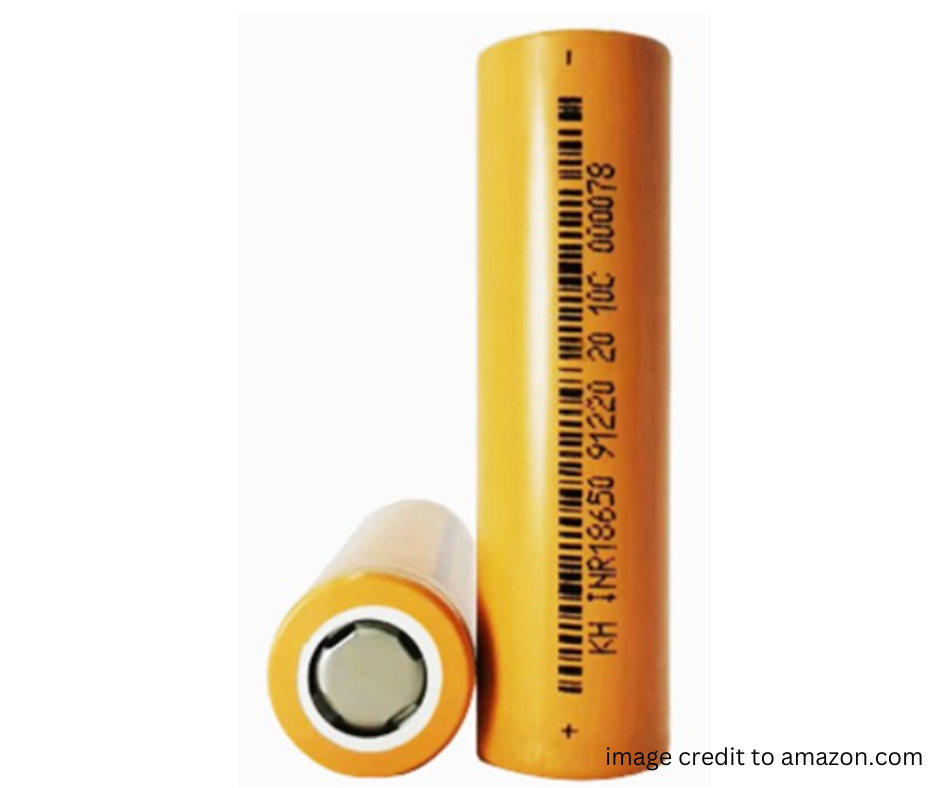
An entirely charged battery with a capacity of 10Ah should be able to deliver 10 Amps for an hour.Usually, batteries are labelled and rated at 1C Rate (1C current). The pace at which a battery can be safely discharged in relation to its capacity is indicated by its C rating. In simpler terms, it tells you how much current the battery can deliver continuously without being damaged or overheating.
Understanding the C rate is essential because the pace at which charge and discharge currents occur determines how much stored energy is available in most batteries.
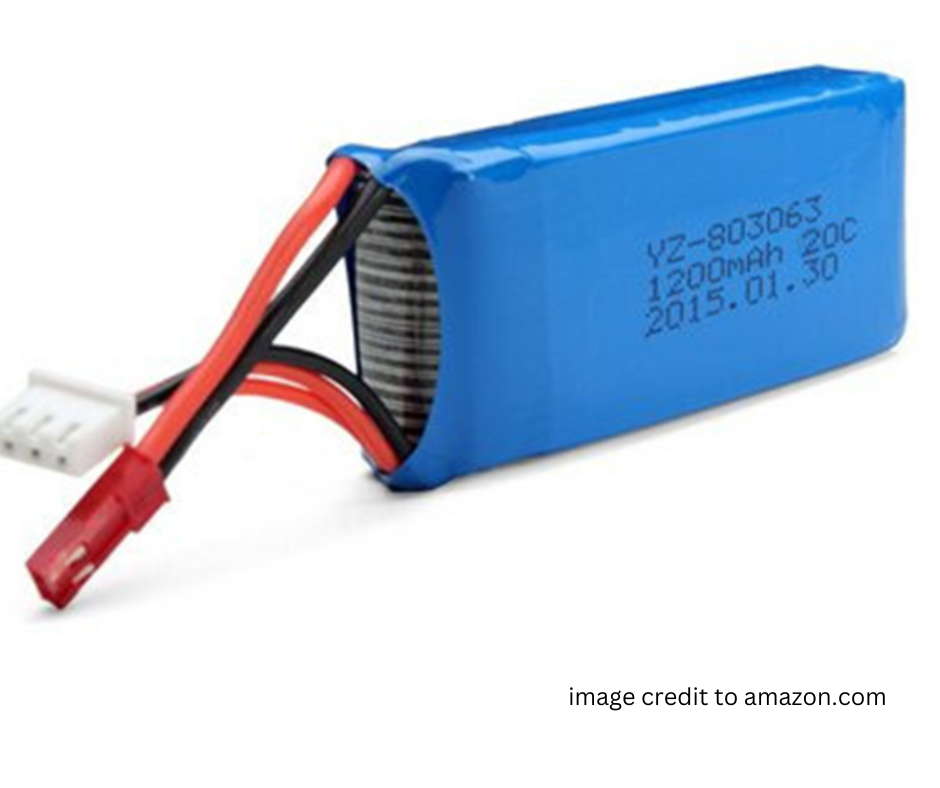
The chart below illustrates different battery C Rates along with their Charge/Discharge times.
| C Rate | Charge / Discharge time in hrs |
| 0.05C | 20 hrs |
| 0.1C | 10 hrs |
| 0.2C | 5 hrs |
| 0.5C | 2 hrs |
| 1C | 1 hrs |
| 2C | 30 minute |
| 5C | 12 minute |
| 10C | 12 minute |
| 20C | 3 minute |
| 30C | 2 minute |
The current at which a battery is charged and discharged is known as its C rate. An entirely charged battery with a capacity of 10Ah should be able to deliver 10 Amps for an hour. Batteries are usually labeled at 1C Rate (1C current) and have a C rating.
However, if you are looking for a battery with a 5C discharge rate, there are several options available in the market.
The brand, capacity, and kind of battery all affect how much a 5C rate battery costs. The price ranges and examples of 5C Rate batteries are provided below.
However, if you are looking for a battery with a 5C discharge rate, there are several options available in the market. The brand, capacity, and kind of battery all affect how much a 5C rate battery costs.
Please note that these prices are subject to change and may vary depending on the seller and location.
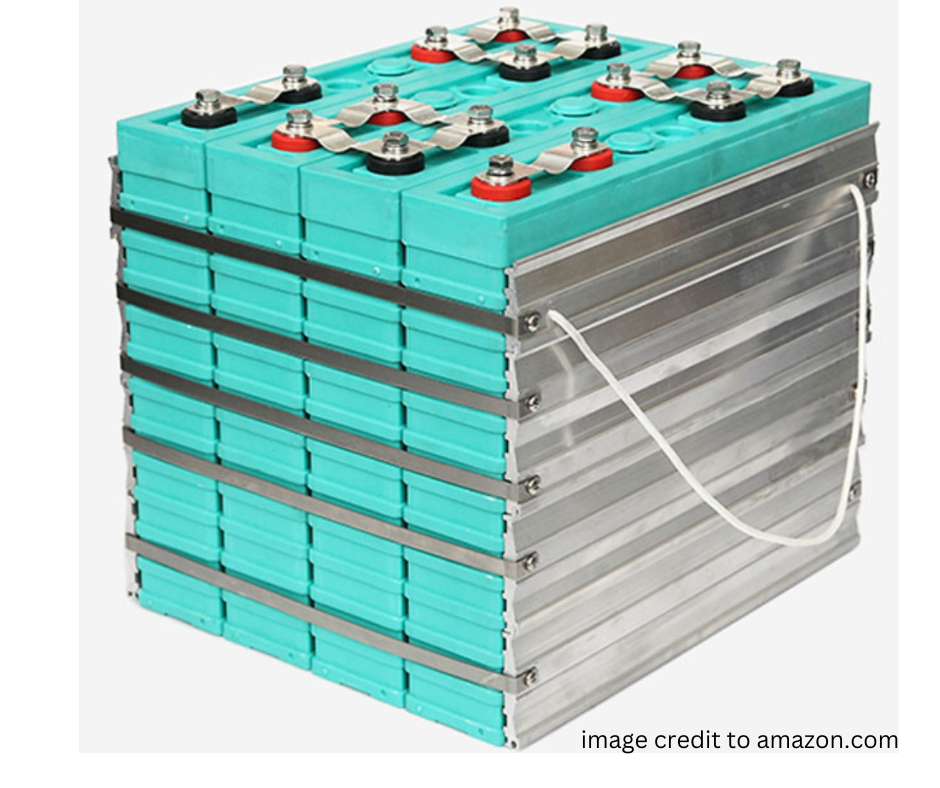
The following is an example chart of C-rating:
| C-Rating Example | C10 | 0.5C | 2C | 20C |
| Battery Rating | 100Ah Battery | 100Ah Battery | 100Ah Battery | 100Ah Battery |
| Battery rating in Amp | 100 AH = 100A | 100 AH = 100A | 100 AH = 10A | 100mAh =100A |
| Charging & Discharging Current in Amp | C10 x 100A = 10A available (C10=1/10) | 0.5C x 100A = 50A available | 2C x 100A = 200A available | 20C x 100 = 2000A available |
| time = 60 min/Rating | 60 / C10 = 600 mins/ 10 hrs charge/discharge | 60 / 0.5C = 120 mins charge/discharge | 60 / 2C = 30mins charge/discharge | 60 / 20C = 3mins charge/discharge |

Lead-acid batteries :
When compared to other battery types, lead-acid batteries typically have lower C ratings, ranging from 0.05C to 0.2C. A 0.5C rating on a battery means it can be safely discharged at 5 times its capacity in one hour. This is a relatively high C rating, more commonly found in lithium-ion batteries or other high-performance batteries. We can use EV batteries in off-grid solar power systems. According to the C rating chart, even a non-technical person can determine which battery to use for an off-grid solar power system.
You May Like
1.Supercharge Your Electric Vehicle(EV) : Embrace the Solar-Powered Wheel Revolution
2. Understanding the Different Categories of Solar Power Plants 3.Why Wind Power better than Solar Power 4.Exploring the Best Solar Panel Choice for Your Home or Factory
